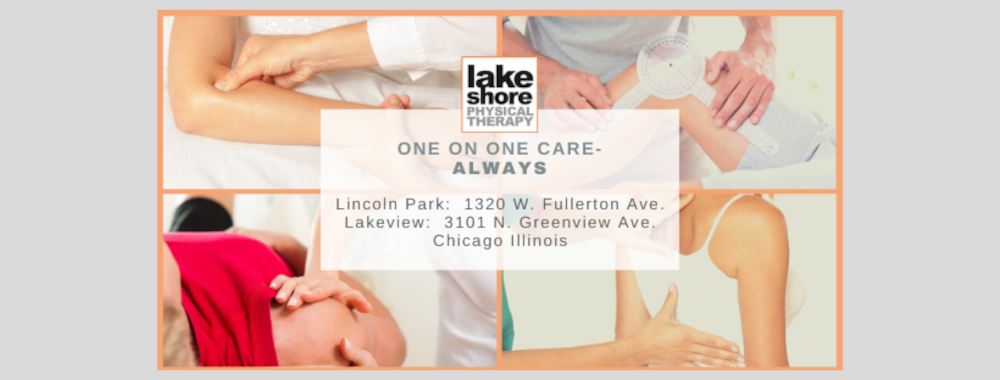 |
| by James Bansberg, PT |
Some of the most common advice we receive when we complain
about a newly discovered ache or pain is to just “stretch it out.” But what
does that even mean? How long do I hold it? When should I do it? Do I just
throw my leg up on a table for a couple of seconds and beg the pain to go away?
Most of what we know about stretching is either a myth or based heavily on outdated science. Worse yet, when speaking to various health professionals, their recommended duration for stretching can vary greatly, which can be confusing and sometimes discouraging for their clients. Luckily, a 2018 study by Thomas et. al has helped answer some of these questions. The study focused on most effective form of stretching for improving range of motion, as well ideal stretch duration and frequency.
 Despite its vilification in recent media, the researchers
found that static stretching was more effective than other forms of stretching
for improving range of motion long term. This doesn’t mean that static
stretching should be the only form of stretching utilized in a regular workout
program, however. Other studies have discovered the benefits of other forms
such as dynamic and ballistic stretching, especially prior to activity.
Despite its vilification in recent media, the researchers
found that static stretching was more effective than other forms of stretching
for improving range of motion long term. This doesn’t mean that static
stretching should be the only form of stretching utilized in a regular workout
program, however. Other studies have discovered the benefits of other forms
such as dynamic and ballistic stretching, especially prior to activity.
As for duration, there’s good news for the more impatient types: a 30-60 seconds hold was as beneficial as other, longer durations (60-120 seconds and over 120 seconds). Consistency, however, was key: the research showed stretching more than 5 times a week was more effective than 2-3. Interestingly, 7 days of stretching per week did not yield better results than 5 days, making the sweet spot between 5-7 days per week.
The final portion of the study looked at optimal time spent per week stretching to maximize mobility changes. Surprisingly, a minimum of 5 minutes was required for significant changes, with the ideal time being anywhere between 5-10 minutes.
Ultimately, some stretching is better than no stretching, and recent studies have found benefits to other forms of stretching as well as foam rolling. However, even stretching has a proper dosage, so it is important we utilize available evidence to guide our decision-making so that we are able to reap the greatest benefit.
References:
Thomas E., Bianco A., Paoli A., Palma A. The Relation between Stretching Typology and Stretching Duration: The Effects on Range of Motion. Int. J. Sports Med. 2018;39:243–254. doi: 10.1055/s-0044-101146.
Most of what we know about stretching is either a myth or based heavily on outdated science. Worse yet, when speaking to various health professionals, their recommended duration for stretching can vary greatly, which can be confusing and sometimes discouraging for their clients. Luckily, a 2018 study by Thomas et. al has helped answer some of these questions. The study focused on most effective form of stretching for improving range of motion, as well ideal stretch duration and frequency.
 Despite its vilification in recent media, the researchers
found that static stretching was more effective than other forms of stretching
for improving range of motion long term. This doesn’t mean that static
stretching should be the only form of stretching utilized in a regular workout
program, however. Other studies have discovered the benefits of other forms
such as dynamic and ballistic stretching, especially prior to activity.
Despite its vilification in recent media, the researchers
found that static stretching was more effective than other forms of stretching
for improving range of motion long term. This doesn’t mean that static
stretching should be the only form of stretching utilized in a regular workout
program, however. Other studies have discovered the benefits of other forms
such as dynamic and ballistic stretching, especially prior to activity.As for duration, there’s good news for the more impatient types: a 30-60 seconds hold was as beneficial as other, longer durations (60-120 seconds and over 120 seconds). Consistency, however, was key: the research showed stretching more than 5 times a week was more effective than 2-3. Interestingly, 7 days of stretching per week did not yield better results than 5 days, making the sweet spot between 5-7 days per week.
The final portion of the study looked at optimal time spent per week stretching to maximize mobility changes. Surprisingly, a minimum of 5 minutes was required for significant changes, with the ideal time being anywhere between 5-10 minutes.
Ultimately, some stretching is better than no stretching, and recent studies have found benefits to other forms of stretching as well as foam rolling. However, even stretching has a proper dosage, so it is important we utilize available evidence to guide our decision-making so that we are able to reap the greatest benefit.
References:
Thomas E., Bianco A., Paoli A., Palma A. The Relation between Stretching Typology and Stretching Duration: The Effects on Range of Motion. Int. J. Sports Med. 2018;39:243–254. doi: 10.1055/s-0044-101146.















